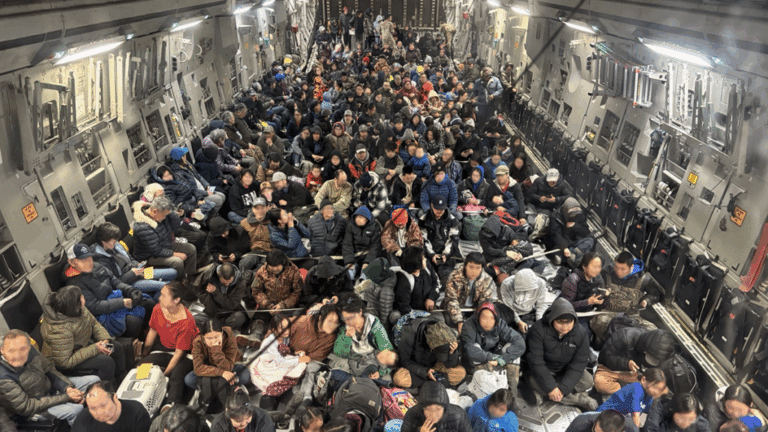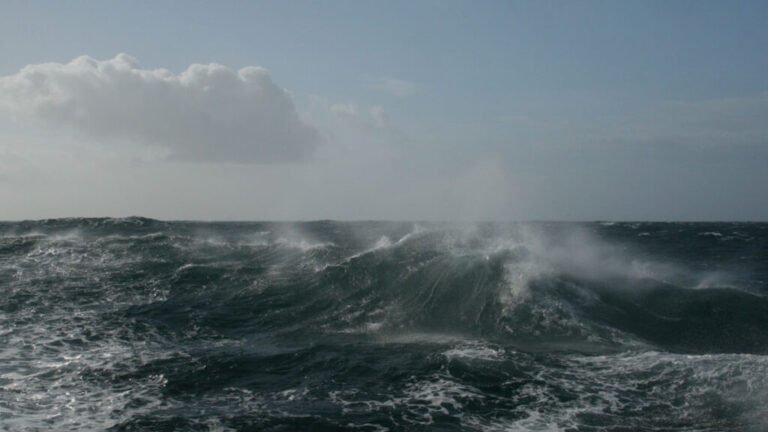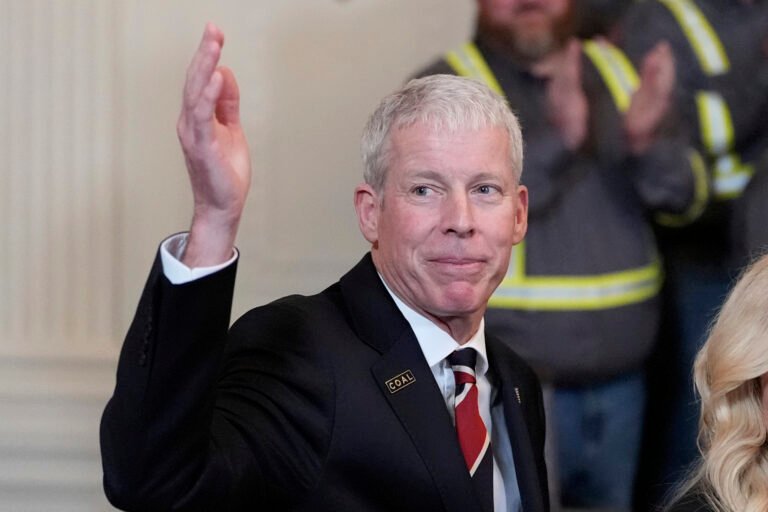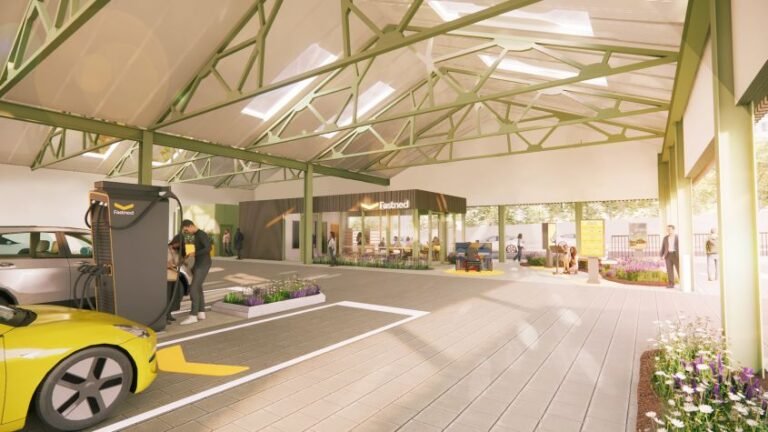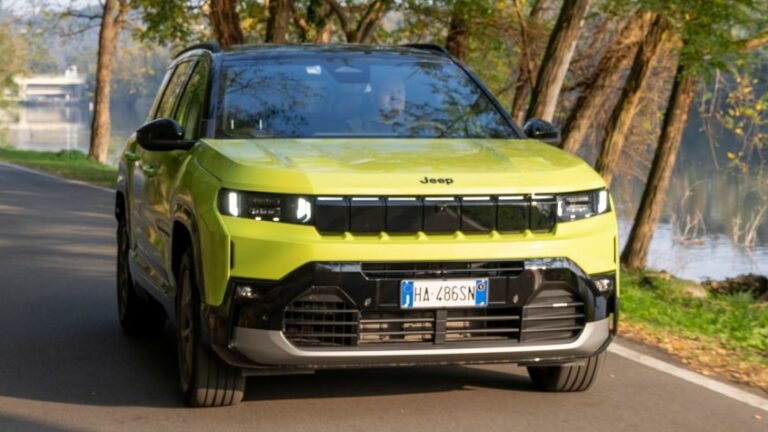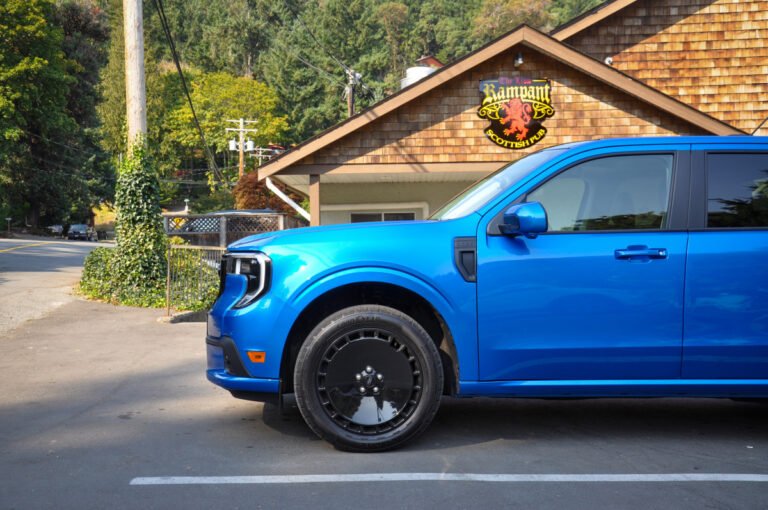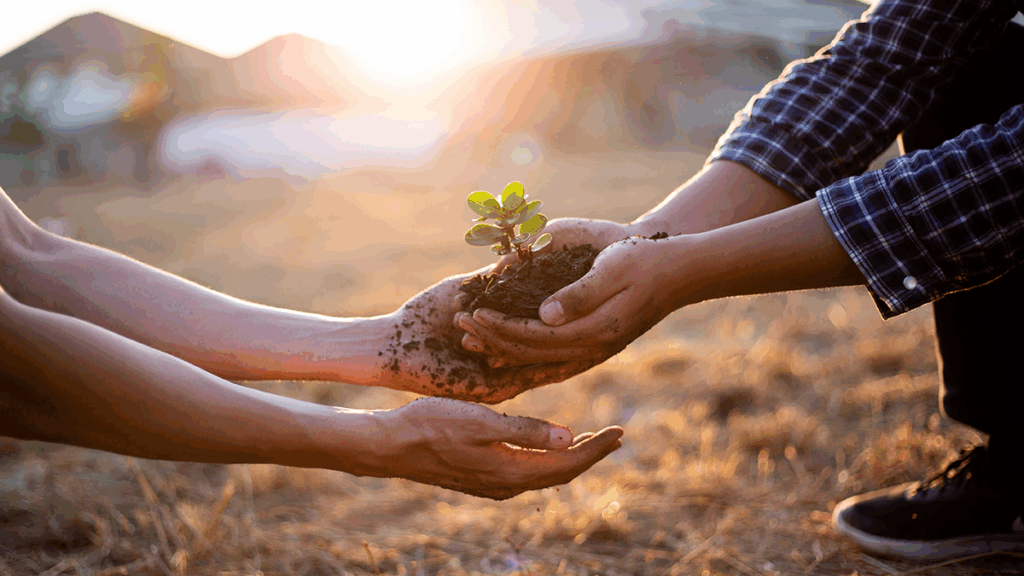
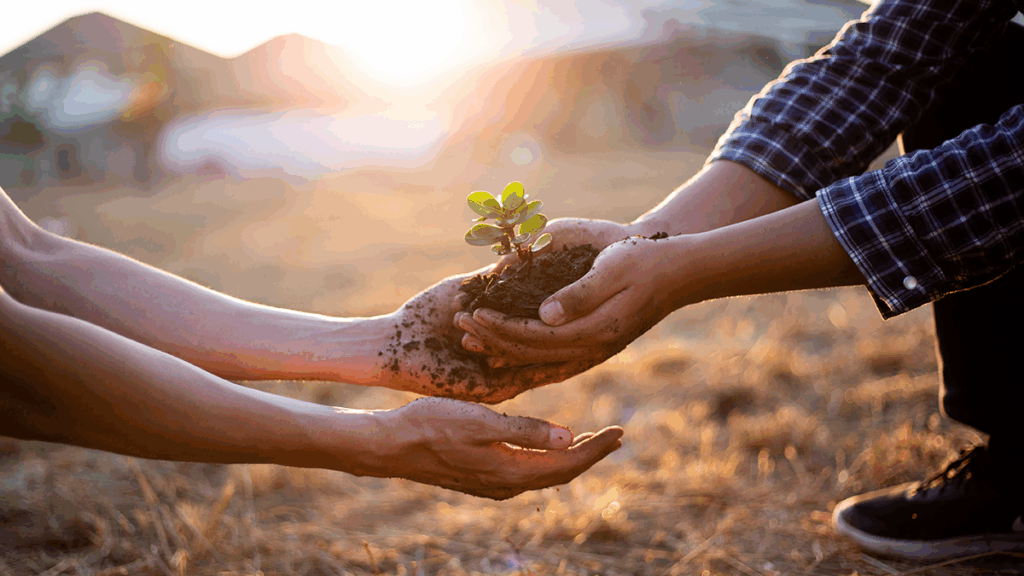
Editors’ Vox is a blog from AGU’s Publications Department.
The Community Science Exchange was founded in 2021 to elevate the work of scientists, scholars and community members collectively engaged in participatory science and to broaden the reach of their discoveries, results and science-based solutions. Now more than ever, we would like to recognize the importance of the work of the Community Science Exchange in fostering an inclusive scientific community and strengthening public trust in science. Here, we highlight the publication outlets offered by the Community Science Exchange and encourage the AGU community to contribute.
The Community Science Exchange aims to encourage, foster, and promote co-production between science and community.
Within equitable participatory science, or a collective scientific endeavor giving significant voice and weight to both science and publics, the Community Science Exchange defines “community” variously as place-based, a group defined by a shared culture or heritage, and/or a group defined by a shared experience. From environmental concerns to public health, anthropology to engineering, the Community Science Exchange aims to encourage, foster, and promote co-production between science and community. To aid in the integration of local knowledge and lived experience, the Community Science Exchange specifically includes community voice in its publications: as authors, in sections devoted to community description and community impact, and in quotes from community members involved in and/or affected by the work. Scientists and academic scholars with an interest in elevating their community partners within their publications instead of hiding them in an acknowledgment should consider publication within the Exchange.
The American Geophysical Union hosts the Community Science Exchange with further support and guidance from five partnership organizations: the American Anthropological Association (AAA), the American Public Health Association (APHA), the Association for Advancing Participatory Sciences (AAPS), the Unión Geofísica Mexicana (UGM), and Wiley. To broaden the publication venues for community members and organizations, practitioners, boundary spanners, and others who may not receive career benefits from scientific journal publication, the Community Science Exchange has created two new avenues for those who want to publish and share their work: the journal Community Science and the online publication venue managed by AGU, the Hub.
Since its first issue in June 2022, Community Science has published articles discussing a variety of topics of interest to communities and scientists, including water quality, plastic pollution, language as a barrier to equitable access to scientific literature, and integration of Indigenous knowledge in shellfish monitoring. Community Science has also participated in several special collections, including on air quality, equitable co-production, and sustainable agriculture. Growing steadily in submissions, Community Science received the PROSE Award for Journals from the Princeton University Press in 2024. The journal is open access, allowing anyone to read the work published for free.
As a peer-reviewed journal, manuscripts go through an evaluation and revision process to ensure that research published in the journal rigorously advances both science and community outcomes. Like the other journals within the AGU journal portfolio, those who review for Community Science are welcome to invite a co-reviewer. This endeavor can help early career researchers to become thorough and constructive reviewers, and can invite experienced community organizers, boundary spanners and those with relevant lived expertise to engage in thoughtful reviews complementary to scientific review. Publications in both Community Science and the Hub are periodically featured in Editor’s Highlights, in which editors explain what they found exciting about a work, or in Research Spotlights, which are written by Eos’ professional science writers and feature recent newsworthy work. These features offer a more approachable point of entry to explore the science.
Unlike any other journal in the AGU portfolio, the Community Science Exchange also supports an alternate publication venue – the Hub – which is hosted on the Community Science Exchange website. Broadening the definition and understanding of scientific research, work, and resources, the Hub seeks to deepen the connection between science and community.
The Hub is home to a wide variety of content, including stand-alone submissions that are intentionally written outside of the strictures of a scientific journal format.
The Hub is home to a wide variety of content, including stand-alone submissions that are intentionally written outside of the strictures of a scientific journal format, to “complementary materials” allowing journal paper authors to enrich their articles with linked materials furthering community voice. Although the Hub isn’t a scholarly journal in the traditional sense, all submissions are editor-vetted before potential revision and publication. Any new, original content published on the Hub is now eligible to receive a permanent digital object identifier (DOI) allowing it to be cited in the references of scholarly publications and other content.
Authors can submit materials to the Hub that fall into one of four categories:
Project Descriptions are narratives of work done, or even more formalized case studies. They should include a description of the community involved, an explanation of the community knowledge utilized, and a summary of the work done. Example: Climate Safe Neighborhoods [Project Description] (doi.org/10.1029/2024CSE000101)
Protocols and Methods are for describing how the community science work was done. These could be practiced approaches, descriptions of relevant policies to be considered, or outlines of project development.
Tools and Resources are items that can help others along on their own community science work, such as datasets or visualization tools. Even descriptions of useful apps that would be helpful would be welcome.
Educational Materials are items geared toward educating or training about community science practices. These could include instruction manuals, guidebooks, or even workshop or webinar curricula.
Because the Hub is a living initiative, evolving with the needs and desires of the community, submissions that don’t cleanly fit into any one of these categories will still be considered.
If you are interested in joining in the Community Science Exchange’s efforts to expand how we view, publish, and share science, please email us at communitysci@agu.org. Whether you have a resource to submit to the Hub, an article to submit to the journal, want to be a reviewer, or even want to apply to be an editor – we’d love to hear from you.
Finally, we want to thank all of those who have served as editors of this initiative so far, both past and present (starred are original editorial board members):
- Julia Parrish*, current Editor-in-Chief
- Kathryn Semmens*, current Deputy Editor of the Hub
- Claire Beveridge*, current editor
- Gillian Bowser, current editor
- Muki Haklay*, current editor
- Rajul Pandya, current editor
- Jean Schensul*, founding Deputy Editor, current editor
- Kevin Noone*, founding Editor-in-Chief, past editor
- Paula Buchanan*, founding Deputy Editor, past editor
- Shobhana Gupta*, past editor
- Heidi Roop*, past editor
- Roopam Shukla*, past editor
—Allison Schuette (aschuette@agu.org, ![]() 0009-0007-1055-0937), Program Coordinator, AGU Publications; Julia Parrish (
0009-0007-1055-0937), Program Coordinator, AGU Publications; Julia Parrish (![]() 0000-0002-2410-3982), Editor-in-Chief, Community Science Exchange; Kathryn Semmens (
0000-0002-2410-3982), Editor-in-Chief, Community Science Exchange; Kathryn Semmens (![]() 0000-0002-8822-3043), Deputy Editor, The Hub; Kristina Vrouwenvelder (
0000-0002-8822-3043), Deputy Editor, The Hub; Kristina Vrouwenvelder (![]() 0000-0002-5862-2502), Assistant Director, AGU Publications; and Sarah Dedej (
0000-0002-5862-2502), Assistant Director, AGU Publications; and Sarah Dedej (![]() 0000-0003-3952-4250), Assistant Director, AGU Publications
0000-0003-3952-4250), Assistant Director, AGU Publications
Citation: Schuette, A., J. Parrish, K. Semmens, K. Vrouwenvelder, and S. Dedej (2025), Publishing participatory science: the Community Science Exchange, Eos, 106, https://doi.org/10.1029/2025EO255032. Published on 20 October 2025.
This article does not represent the opinion of AGU, Eos, or any of its affiliates. It is solely the opinion of the author(s).
Text © 2025. The authors. CC BY-NC-ND 3.0
Except where otherwise noted, images are subject to copyright. Any reuse without express permission from the copyright owner is prohibited.
